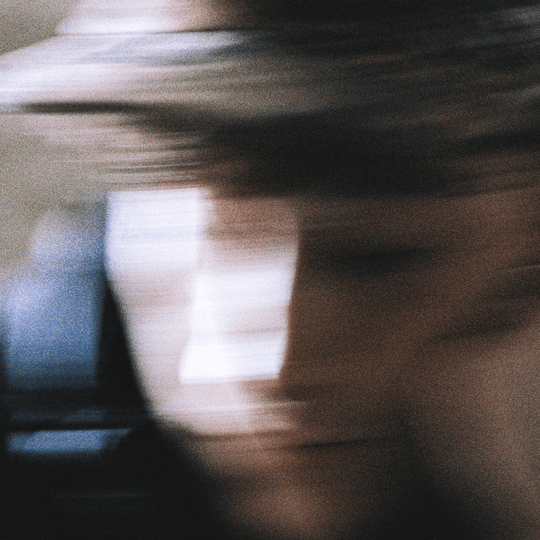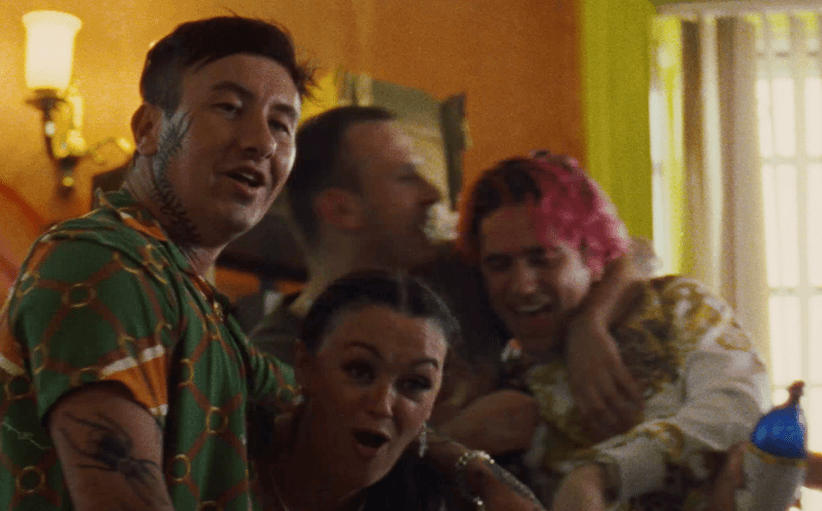Film Club #5: The grotesque
The grotesque is an aesthetic concept that we’re all familiar with. The peculiarities of the concept, however, lie in its appeal. Why is it that we find grotesque and horrible things so appealing, and, in this case, so watchable? The term comes from the Italian word ‘grotte’ meaning cave, or, more exactly, Nero’s grotto, a series of caves on the Palatine Hill in Rome. When they were excavated, in the 1500s, a series of bizarre murals were discovered. Contained within these murals were images of men morphed with objects of the natural world (plants instead of arms, vines instead of legs etc). At its core construct, the grotesque presents us with a visual paradox or contradiction; a familiarity contorted by something beyond our understanding and it is this perceived gap in understanding that lies at the root of our fascination.
As telling a definition as any was provided by Randle Cotgrave, an English lexicographer in the 1600s who defined the term as “pictures wherein (as please the painter) all kinds of odde things are represented without anie particular sence, or meaning, but only to feed the eye”. Although I’m sure Mr. Cotgrave probably wasn’t acting with foresight enough to pre-empt the filming of Tyler, The Creator’s Yonkers video, or for that matter, much of the output of the increasingly ubiquitous Odd Future, Wolf Gang Kill Them All collective, he really couldn’t have hit the nail more succinctly on the head.
In the case of the videos below, the eye is fed with images that are arresting for the exact reason that they are unsatisfactory to our rational understanding. They are recognizable forms that have become strange and, by extension, belie our need to ascertain familiarity. This thinking, when applied to the medium of music videos, is a really interesting one. What better way to convince a generation of increasingly spent attention spans to sit through a music video?
Tyler, The Creator Yonkers (2011)
Directed by Wolf Hayley
No strangers to controversy, Odd Future are making an increasingly important imprint on the musical world and it’s one that has a lot to do with the perceived controversial content of their music and videos, and “Yonkers” is no exception. The importance of this in relation to OFWGKTA is a revival of the in-your-face aesthetic established by NWA and the gangsta rap movement; a concept at the heart of contemporary hip-hop and yet one that has been heavily diluted in recent times.
Planningtorock Doorway (2011)
Directed by Planingtorock
DOORWAY from planningtorock on Vimeo.
Intriguing in the same way that John Merrick was intriguing; this illustrates nicely the concept of the familiarity paradox. What we see is a face that is immediately recognisable on the level that it is recognisably human. On the surface of this familiarity is an unfamiliar object; the crooked nose. This creates unfamiliarity on two levels. One is obvious: that the nose is not entirely human. The second is more subtle: the crooked shape of the nose is hard and sharp, at the very least it is a nose that is aesthetically masculine. This creates an a-sexual tension, a tension that is difficult to comprehend and one that insists upon our want to understand, thus creating the intrigue that explains our fascination with the grotesque.
Fever Ray If I Had Heart (2009)
Directed by Andreas Nilson
Again, although this video presents images that pertain more to ideas of horror rather than to the grotesque, the conceptual paradox is still evident, although it exists to slightly different ends. Image juxtapositions are again used to achieve these means. In this case the thematic juxtaposition comes in the presentation of familial conceptions of innocence and order (the child in the boat, the house, the woman in the chair whose clothes and jewellery point to a matriarchal figure) with that of the occult (the people in masks, the Masonic symbols), death and untamed nature that exists outside of the comforts of the home (wolves, stags horns and so on). Intrigue is again created by highlighting the need to comprehend the space between these two worlds; one we understand and one we don’t.
Aphex Twin Come to Daddy (1997)
Directed by Chris Cunningham
Chris Cunningham is really the master of the grotesque. If you haven’t seen this particular video you would no doubt have seen his work either in the advertising world or in other music videos. Aside from the obvious aesthetic grotesqueness of the creatures that inhabit this world, Cunningham plays upon the same tension as in Fever Ray’s video. The innocence of adolescence and the frailty of old age are here brought into direct conflict with anarchistic and animal violence, grating screams and grotesque, jarring horror.
Yeasayer Madder Red (2010)
Directed by Andreas Nilson
An interestingly light-hearted presentation of the same idea. Whether the use of a celebrity actor supplements these ends is debatable but the same familiarity paradox is still apparent, this time in two thematic categories. The first is the purely aesthetic tension between beauty and physical grotesqueness. Kristen Bell’s “pet” is certainly not human yet it maintains human qualities; an eye, a mouth and limbs. On a purely objective level, we are dealing here with two superlative conceptions of human cosmetic qualities (the most beautiful and the most hideous) and are forced to bridge the perceived gap between them. The second paradoxical concept is simpler: again the images of peaceful domesticity (the familiar) and the impossibly deformed creature (the unfamiliar) are used to the same ends.
Radiohead Lotus Flower (2011)
Directed by Garth Jennings
The more I watch this video the more I am reminded of the video for Talking Head’s “Once in a Lifetime” and the attraction of that video is very much the same. Far beyond the ephemeral joys of watching Thom Yorke dance around in a funny hat, this video (choreographed by Wayne McGregor) again confronts us with the joy of watching the bizarre; a tradition that has existed and been commercialised for hundreds of years (think vaudevillian freak shows or reality television). More than anything here is a sense of over the top delirium that defies Thom Yorke’s publicly introverted side (bizarre though it still is). The paradoxical model here fits with our subjective understanding of Thom Yorke as he appears in public and how he is presented in this video.
Tool Schism (2001)
Directed by Adam Jones
Any discussion about the grotesque in the contemporary music video should hardly miss out on the metal genre. Although there are beyond numerous examples of grotesque imagery within metal videos, Tool’s video for “Schism” takes an interesting aesthetic angle, that of the clinical. More in line with the aesthetics of H R Giger than anything else, the same rules of the grotesque apply: these are recognisably human forms morphed with a science-fiction aesthetic. The clinical aspect of the production brings a more human over tone to the content: a clinical environment is one that is constructed by a salient force, most readily connected to humanity, thus the grotesque environment in this case is one not bought about by something strictly beyond our understanding as rational human beings rather by something that could, understandably, achieve these ends at some point, that of science.













